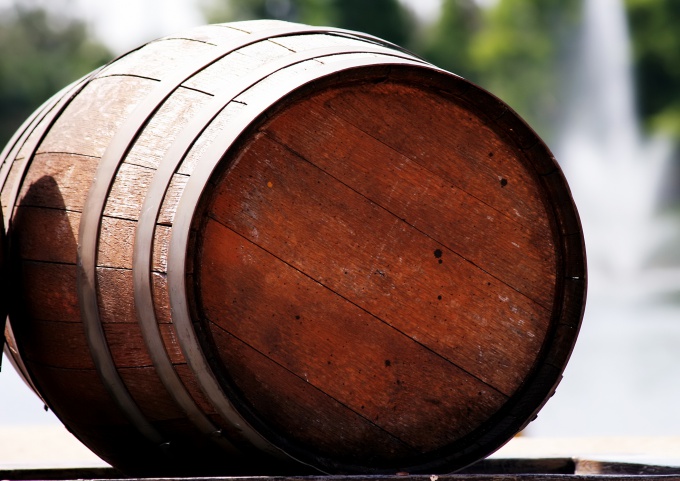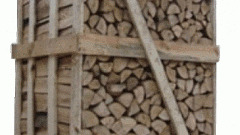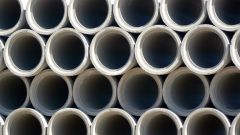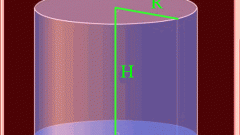You will need
- - instruments for measuring length;
- calculator.
Instruction
1
The barrel may have a proper cylindrical form. In this case, its base is a circle. If possible, locate the center of the base, flick through it and measure the diameter. Divide it by 2. Get the radius. This can be done from lying on its side or inverted barrel. When this is not possible, measure the circumference of the base and find the radius by the formula R=P/2π, where R is the base radius, and P is the circumference.
2
Measure the height of the barrel. This is most easily done with a tape measure. For accuracy, draw on the side line which is strictly perpendicularly to the base. Calculate the volume of the barrel using the same formula, as the amount of any other cylinder. V=π*R2*H, where V is the volume, R is the radius of the base of the barrel, H is the height.
3
The base barrels is not necessarily a circle, and the side surface may be curved. In this case, you need to make a few more measurements. If her flanks are curved in a parabola or an arc of a circle, calculate or even measure the diameter of the middle section. Indicate the base diameter D' and the area of the middle cross-section as D".
4
The volume of the barrel, the lateral surface which is curved in an arc of a circle, calculate by multiplying the number π to 1 / 12th of the height and the sum of twice the square of the diameter of the middle section and square base. This can be expressed by the formula V=π*H/12*(2D 2+D'2), where H – height, D' and D" respectively, the diameters of the base and middle section, and V is the volume.
5
On a similar principle is calculated, and the volume of the barrel, the lateral surface which is curved in a parabola. It is equal to the product of the number π to 1/15 of the height and the sum of twice the square of the base diameter, the works of both diameters and 0, 75 square base diameter). This action may be designated by the formula V=π*H/15*(2D 2+D'*D+0,75 D'2).
Useful advice
If you need to calculate the volume is not real drums, but given in the problem, make the necessary construction. Draw the barrel itself, marking on it the given in the problem size. You must know the height of the barrel and one of the parameters of the base and middle section.
In order to better imagine the curve of a parabola or arc of a circle, use the program AutoCAD. It allows you to draw an accurate scan of the barrel, which is very easy to find options that allow you to calculate the volume.
In order to better imagine the curve of a parabola or arc of a circle, use the program AutoCAD. It allows you to draw an accurate scan of the barrel, which is very easy to find options that allow you to calculate the volume.






